Description
Cycling Weight Loss Base Plan
Training volume?
Like the 12-Week Base Builder and the Pre-Season Plan, the training weeks are typically broken down into three rides, two mid-week and one at the weekend. You have got four days when you are not riding. One of these will always be a rest day and the others can be used for cross-training, extra rest or, on two of them, you are given the option of Bonus Sessions.
The Bonus Sessions allow more advanced riders to increase their training volume and allow for some body development and cycling weight loss progression for other riders. For example, on your first time through a three week build, you might decide not to do the Bonus Sessions.
On your next time through, you could do the easier mid-week one and, on your third rotation, try the more taxing weekend ride too.
Use your previous training volume and listen to your body to determine whether the Bonus Sessions are for you. Remember though, more is not always better.
The three key sessions are your priority and, if doing the Bonus Sessions compromises the quality of these, you âre better off not doing them to remain consistent to achieve your desired cycling weight loss.
You are also given the option to swap one of the midweek sessions for an evening time-trial, circuit race or summer track league, in order words an extra hard workout session.
Try to juggle the days to give yourself a day off before this and remember this is a substitute for a session, not in addition to it.
Total weekly riding time ranges from just under four hours for a recovery week to just under ten hours for the highest volume week with both Bonus Sessions to enhance your cycling weight loss.
Is it all cycling?
No, you have options to fit in cross training sessions. Many riders choose to include some strength training as part of their off-season plan. Make sure that your cross training complements your riding and doesn’t cause too much fatigue, meaning you are unable to complete the rides at the required intensities. Stretching and mobility workouts, yoga or Pilates can be good restorative options.
Shouldn’t cycling weight loss training all be long and steady?
No. Traditionally, for professional riders, the off-season was spent grinding out long and slow rides and avoiding any higher intensity work.
The theory behind this was to build a deep endurance base and, although most pros do now include higher intensity efforts in their off-season training, the bulk of it is at a steady pace.
This allows them to condition their bodies for the harder work to come during the season. However, to get a training effect from long and steady riding, volume has to be big, 30-35 hours a week isn’t unusual.
If you are balancing your cycling with a job and family commitments, logging up this sort of riding time just isn’t do-able. If you are typically riding for 5-15 hours each week, there is little benefit in doing it all at a steady pace as it won’t stimulate any real consistent cycling weight loss or training effect.
By adding some intensity to your cycling weight loss training, you will maximize your returns from your limited training time.
You will still be putting in some long rides but don’t be surprised if there are some higher intensity efforts included in those to assist you to reach your cycling weight loss goals.

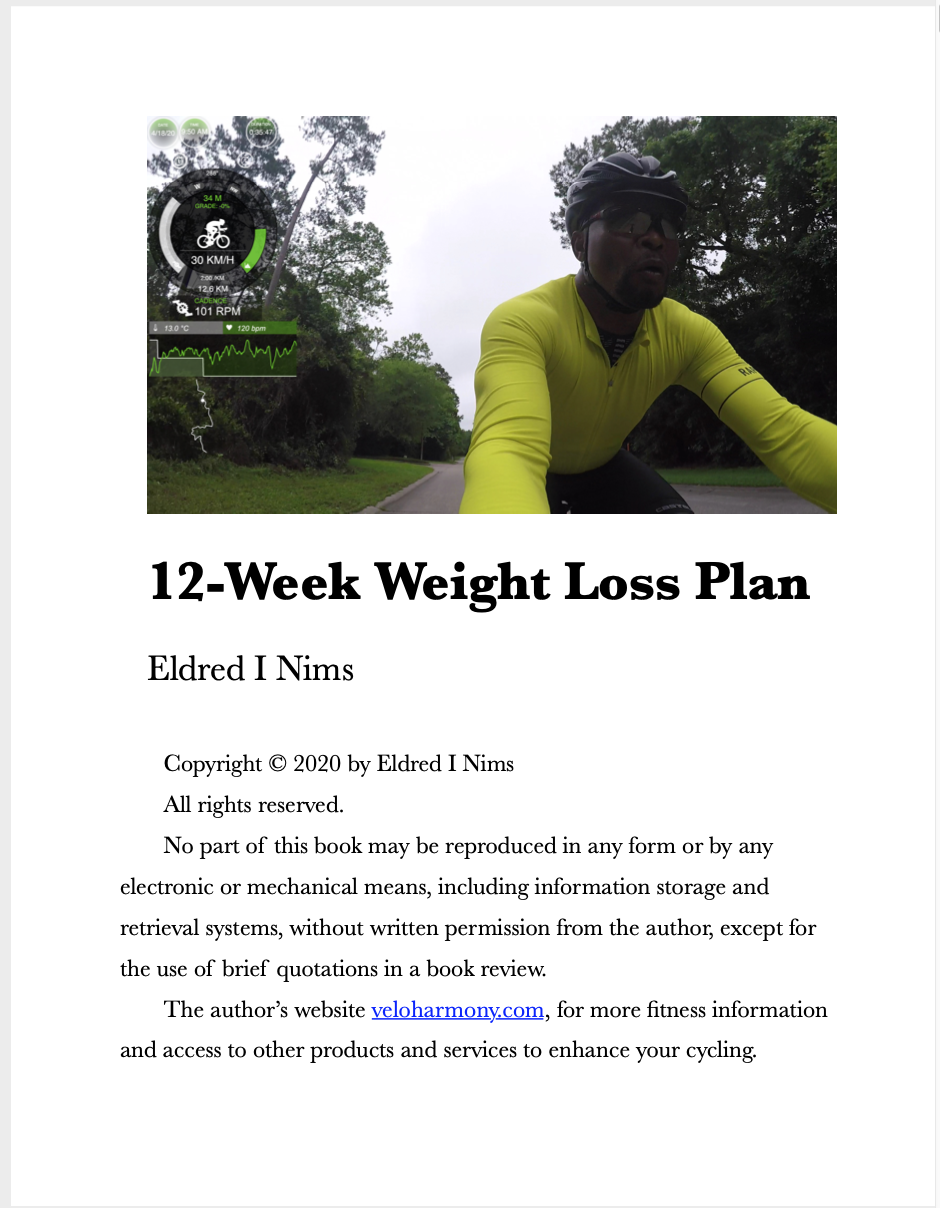



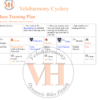
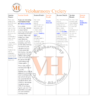


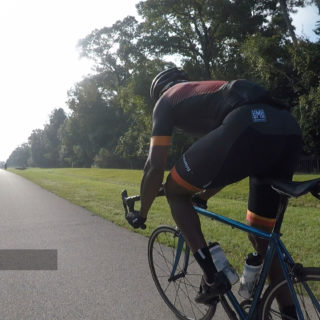
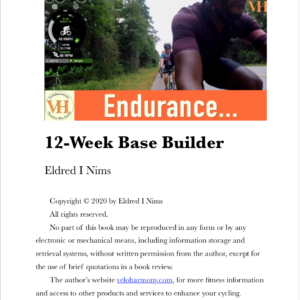












Reviews
There are no reviews yet.